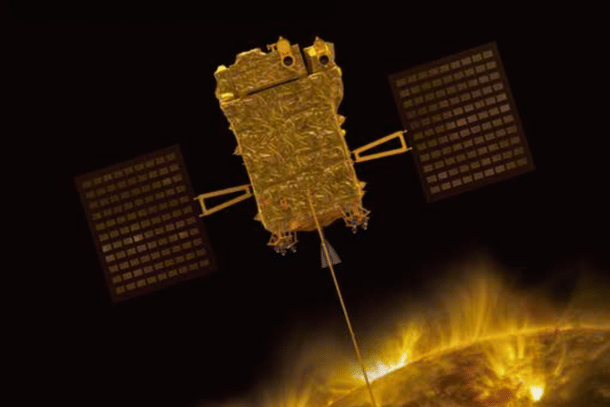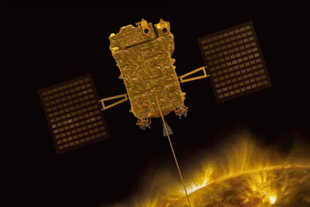News Brief
Aditya-L1, India's First Solar Observatory, Successfully Reaches Its Final Destination; PM Modi Hails The 'Extraordinary Feat'
Kuldeep Negi
Jan 06, 2024, 05:39 PM | Updated 05:39 PM IST
Save & read from anywhere!
Bookmark stories for easy access on any device or the Swarajya app.


India has achieved another milestone in space exploration as Aditya-L1, its first mission dedicated to studying the sun, has successfully reached its final destination.
The space observatory was launched by the Indian Space Research Organisation (ISRO) on 2 September last year.
Applauding the nation's scientists for their accomplishment, Prime Minister Narendra Modi stated that India has set another milestone. He emphasized that the country would continue to explore new scientific horizons for the betterment of mankind.
In a post on X on Saturday (6 January), the Prime Minister wrote, "India creates yet another landmark. India's first solar observatory Aditya-L1 reaches its destination. It is a testament to the relentless dedication of our scientists in realising among the most complex and intricate space missions. I join the nation in applauding this extraordinary feat. We will continue to pursue new frontiers of science for the benefit of humanity".
The achievement follows several months after India made history with the Chandrayaan-3 mission, marking itself as the sole country to successfully accomplish a soft landing near the Moon's south pole.
India's inaugural space-based observatory, Aditya L1, has been placed in a halo orbit around the Sun-Earth Lagrange Point 1 to study the Sun. The point is around 1.5 million km from the Earth, in the direction of the Sun.
The Lagrange points, which are distinctive spots in space where the gravitational pull of two large bodies almost cancels each other out, are named after the French mathematician and astronomer Joseph-Louis Lagrange. Maintaining the orbit of spacecraft around these points is easier and requires less fuel.
The space observatory will keep an eye on the changing space weather and warn scientists about events like solar storms and flares that may impact the working of satellites.
Kuldeep is Senior Editor (Newsroom) at Swarajya. He tweets at @kaydnegi.





